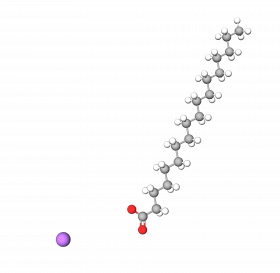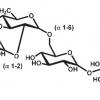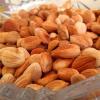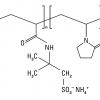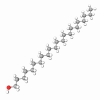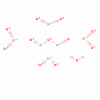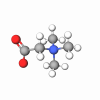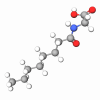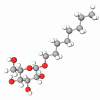Sodium Stearate is a sodium salt of stearic acid (saturated C18 fatty acid), a white, free-flowing powder or granules with a fatty texture and a slight fatty acid odor. It is soluble in hot water, ethanol, and polar solvents; insoluble or barely soluble in esters, ketones, turpentine, xylenes, vegetable oils, mineral oils, and waxes.
Sodium Stearate has a long history of use in cleansing products, especially in bar soaps, as a typical product of saponification of edible tallows or vegetable oils. It serves as an effective detergent with mild action. In modern pharmaceuticals, cosmetics, and toiletries, it is a multifunctional ingredient that can be used as an emulsifier, dispersant, thickening, wetting, or gelling agent, etc.
Combined with polar solvents like short-chain alcohols, Sodium Stearate enables the formulation of stable rigid or semi-rigid gels that are useful in cosmetic sticks. Thanks to its high melting point, it is used in high-temperature process applications that can contain polycarbonates and nylons.
Sodium Stearate is a safe ingredient for personal care applications. It has several approvals for the food industry, such as a chewing gum base, food-contact surface component, and anti-caking agent in animal feeds. In addition, it is an eco-friendly and rapidly biodegradable ingredient, as the analysis of the environmental properties of stearic acid demonstrates that sodium salt is a relatively innocuous, naturally occurring compound commonly present throughout the environment.Sodium Stearate is used in deodorant sticks, decorative cosmetics, soap bars, creams, lotions, sunscreens, and after-sun products.
